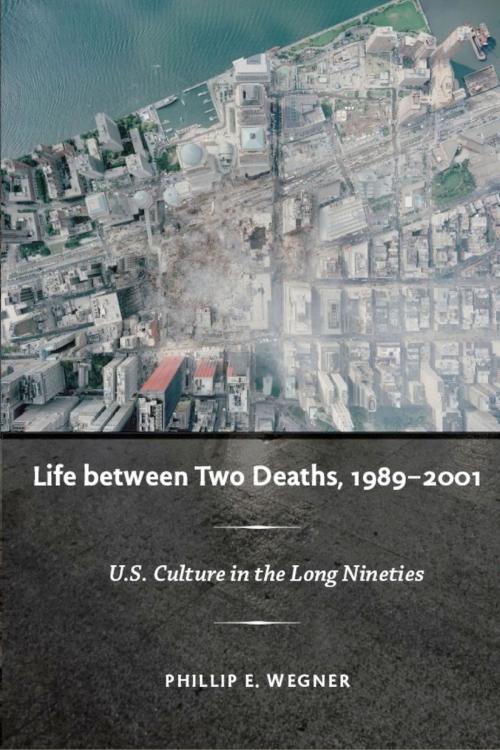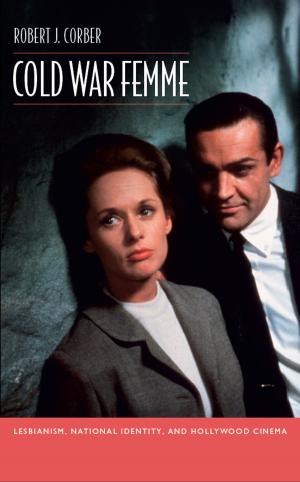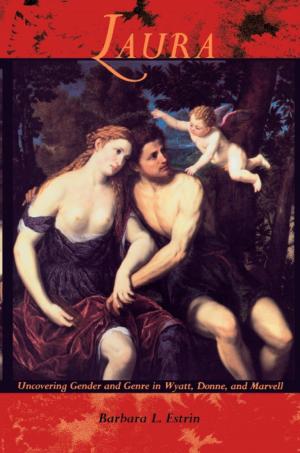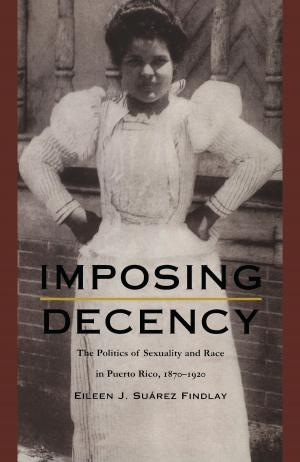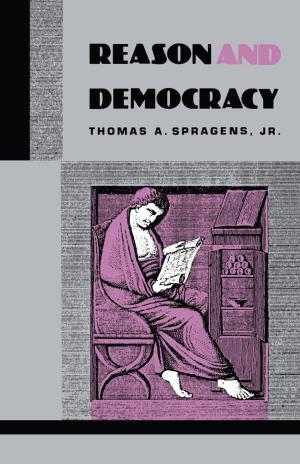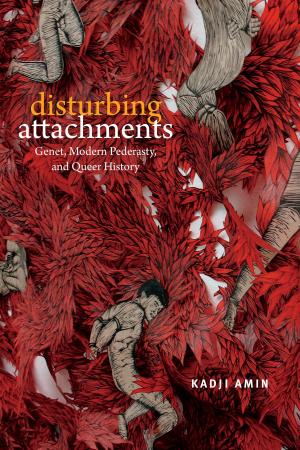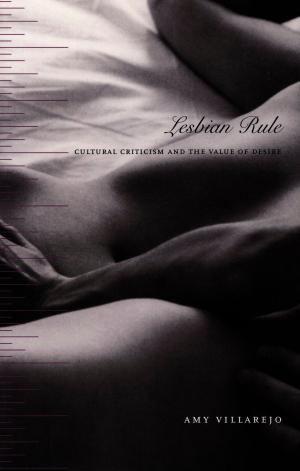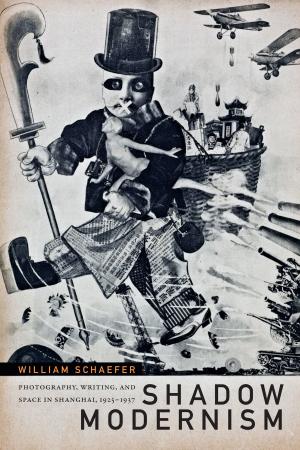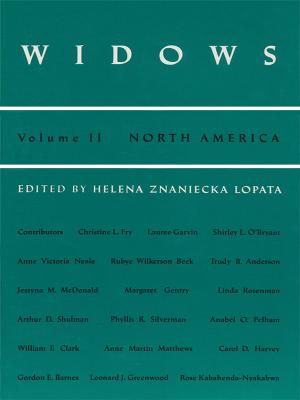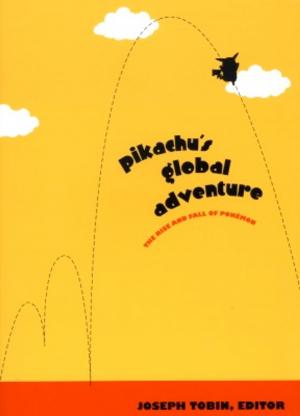Life between Two Deaths, 1989-2001
U.S. Culture in the Long Nineties
Fiction & Literature, Literary Theory & Criticism, American, Nonfiction, Entertainment, Film, History & Criticism, Performing Arts| Author: | Philip E. Wegner, Stanley Fish, Fredric Jameson | ISBN: | 9780822390763 |
| Publisher: | Duke University Press | Publication: | July 10, 2009 |
| Imprint: | Duke University Press Books | Language: | English |
| Author: | Philip E. Wegner, Stanley Fish, Fredric Jameson |
| ISBN: | 9780822390763 |
| Publisher: | Duke University Press |
| Publication: | July 10, 2009 |
| Imprint: | Duke University Press Books |
| Language: | English |
Through virtuoso readings of significant works of American film, television, and fiction, Phillip E. Wegner demonstrates that the period between the fall of the Berlin Wall in November 1989 and the terrorist attacks of September 11, 2001 fostered a unique consciousness and represented a moment of immense historical possibilities now at risk of being forgotten in the midst of the “war on terror.” Wegner argues that 9/11 should be understood as a form of what Jacques Lacan called the “second death,” an event that repeats an earlier “fall,” in this instance the collapse of the Berlin Wall. By describing 9/11 as a repetition, Wegner does not deny its significance. Rather, he argues that it was only with the fall of the towers that the symbolic universe of the Cold War was finally destroyed and a true “new world order,” in which the United States assumed disturbing new powers, was put into place.
Wegner shows how phenomena including the debate on globalization, neoliberal notions of the end of history, the explosive growth of the Internet, the efflorescence of new architectural and urban planning projects, developments in literary and cultural production, new turns in theory and philosophy, and the rapid growth of the antiglobalization movement came to characterize the long nineties. He offers readings of some of the most interesting cultural texts of the era: Don DeLillo’s White Noise; Joe Haldeman’s Forever trilogy; Octavia Butler’s Parable novels; the Terminator films; the movies Fight Club, Independence Day, Cape Fear, and Ghost Dog; and the television series Buffy the Vampire Slayer. In so doing, he illuminates fundamental issues concerning narrative, such as how beginnings and endings are recognized and how relationships between events are constructed.
Through virtuoso readings of significant works of American film, television, and fiction, Phillip E. Wegner demonstrates that the period between the fall of the Berlin Wall in November 1989 and the terrorist attacks of September 11, 2001 fostered a unique consciousness and represented a moment of immense historical possibilities now at risk of being forgotten in the midst of the “war on terror.” Wegner argues that 9/11 should be understood as a form of what Jacques Lacan called the “second death,” an event that repeats an earlier “fall,” in this instance the collapse of the Berlin Wall. By describing 9/11 as a repetition, Wegner does not deny its significance. Rather, he argues that it was only with the fall of the towers that the symbolic universe of the Cold War was finally destroyed and a true “new world order,” in which the United States assumed disturbing new powers, was put into place.
Wegner shows how phenomena including the debate on globalization, neoliberal notions of the end of history, the explosive growth of the Internet, the efflorescence of new architectural and urban planning projects, developments in literary and cultural production, new turns in theory and philosophy, and the rapid growth of the antiglobalization movement came to characterize the long nineties. He offers readings of some of the most interesting cultural texts of the era: Don DeLillo’s White Noise; Joe Haldeman’s Forever trilogy; Octavia Butler’s Parable novels; the Terminator films; the movies Fight Club, Independence Day, Cape Fear, and Ghost Dog; and the television series Buffy the Vampire Slayer. In so doing, he illuminates fundamental issues concerning narrative, such as how beginnings and endings are recognized and how relationships between events are constructed.
